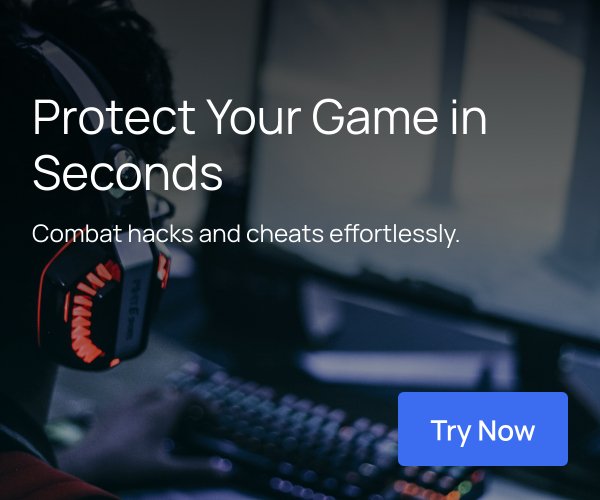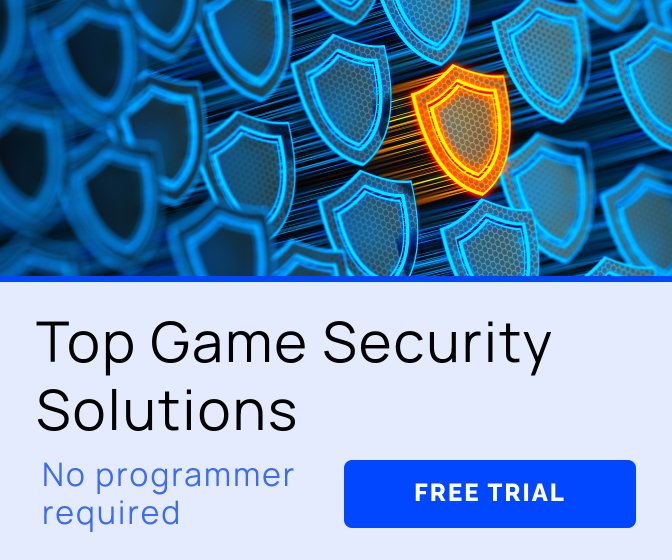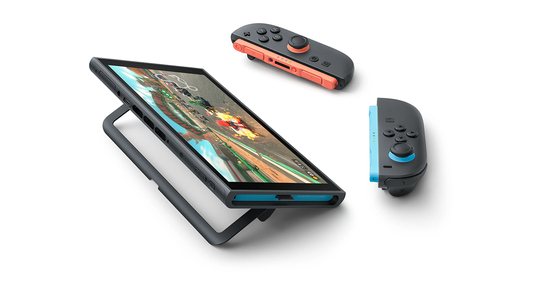Capcom is at a crossroads with Street Fighter V.
It could have chosen to build a game for the casual players that paid their bills on SF4; certainly Mortal Kombat X's breakaway success in 2015 implies that the market for legacy fighting game franchises with lots of single-player story-driven content is alive and kicking.
But with Street Fighter V, Capcom is doubling down on the competitive side of the game, chasing a future where Street Fighter is a tentpole eSport alongside League of Legends. This is a message repeated throughout every aspect of Street Fighter V; let's see how it stacks up against its predecessor.
A quick note about me: I'm the community manager for a free-to-play PC fighting game currently in public technical alpha called Rising Thunder. I've written a (free) book that teaches fighting game fundamentals using Street Fighter, as well as educational fighting game streams and videos. You might also like my previous Gamasutra article, Street Fighter for Designers: Top 8 Lessons from Evo 2015 and and 17 Mold-breaking Fighting Games All Developers Should Study.
Business model: Paid updates vs. Pay-once-plus-DLC
During its lifespan, SF4 used the standard up-front retail model, charged for cosmetic DLC, and required players to buy an update roughly every other year to stay current (Super, Arcade Edition, and Ultra). With SF5, Capcom has pledged to stop the paid upgrade system; balance patches and some content will be free, and post-launch DLC characters will be unlockable via in-game microtransactions using either real money or in-game earned currency.
"It feels like locking the launch content behind a $60 paywall is Capcom trying to have its cake and eat it too"
In 2008, this model would feel generous; in 2016, where many successful eSports are free-to-play, this actually seems a bit stingy by comparison, as the launch version of SF5 doesn't have most of the content we'd expect in a $60 game -- the Story Mode is about an hour of barebones content and the character roster, at 16, is about 1/3rd of Ultra SF4's.
While lots of content has been promised to come in the next few months -- character-specific challenges, a store for DLC characters and costumes, proper support for online lobbies, and an actual story mode that lasts longer than an hour -- the fact is that right now, it feels like early players are basically paying for the privilege to practice the game in time for the 2016 tournament season.
Certainly, a franchise like Street Fighter will have no problem getting competitors and (some) casuals to fork over $60 to get started. But locking the launch content behind a $60 paywall makes it feel like Capcom is trying to have its cake and eat it too.
Part of me hoped that SF5 would have tried to follow Killer Instinct by launching as free-to-play and bundling post-release DLC together in subsequent "Seasons." That's probably too much to hope for now, but it might still be a possibility later on down the line (a la Team Fortress 2).
New player experience: Easier (but still hard)

When Street Fighter IV came out, experienced fighting gamers across the world bought it, opened up Training Mode, and within an hour or so said, "This is it?" Compared to the earlier crop of Capcom fighters -- Street Fighter III: Third Strike, Capcom vs. SNK 2, and Marvel vs. Capcom 2 -- it felt like there was just a lot less stuff we had to learn how to do.
"In order for SF5 to succeed as an eSport, Capcom will have to make it relatively easy for new players to have fun before they get frustrated and churn out. Right now, neither the core game design, the game modes, or the onboarding content really do that."
Street Fighter V is simpler still. For experienced players, combos are less complicated and less demanding in their timing, and the possibility space for any given character feels far smaller than any previous Street Fighter game.
However, compared to LoL, Hearthstone, or Counter-Strike: Global Offensive, it's still harder for those new to the franchise to access a character's power; you have to learn special move codes, you have to study your character's moveset to learn how one move can string into another, and you have to learn how to execute all of those things reasonably well.
It's easier than it used to be, but it's a difference of degrees, and it's hard to say whether it'll actually make a difference for the average SF player.
And where SF4 shipped with a set of basic tutorials and character-specific missions to show enthusiastic new players how the basics worked, plus a decent amount of single-player content to keep new players interested until they venture online, Street Fighter V only has a bare-bones tutorial and is saving the character-specific challenges for a free update in March.
In order for SF5
No tags.





































